Ask every graphic designer you know and many will tell you a story of how they loved drawing, creating and craft when they were young, myself included. For most, creativity is a journey that starts from a young age. It’s here that we’re encouraged to play, explore and craft. We’re introduced to the idea of creating art as early as preschool and are encouraged to continue when talent is recognised. This is the first stepping stone into a creative life.
The joy of craft and creating, and the encouragement received from others inspires many young people to pursue a career in a creative industry. This is especially true when talent is recognised in the area of craft and creativity.
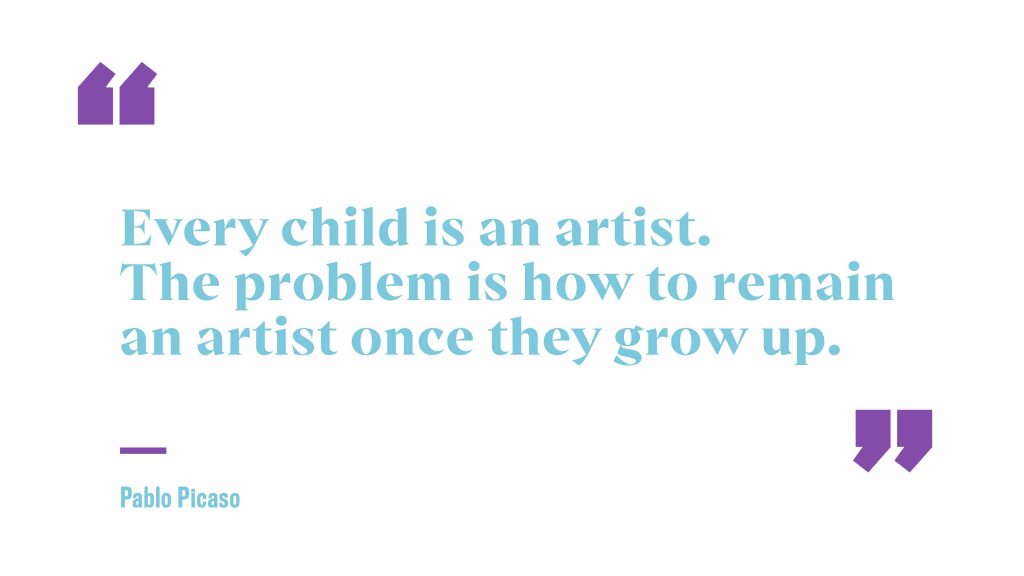
At some point, every person with an interest in creativity must decide if they wish to pursue a career in creativity. If they choose to do so, they must decide which path they will take.
This can be tricky at any age as there are so many creative paths to choose from. Each has their own unique challenges demanding particular skills and qualities in order to be successful. Understanding your passions and potential skill set will make it easier to choose a creative path.
In this article I will be answering a question from Wilbert Feliciano, who asks:

“Is an art background required to be a good graphic designer in today’s market or can you make do without it?“
Now this is a really good question because I think many young and aspiring designers will face this question. Put simply, a good artist does not make a good graphic designer as much as a good graphic designer does not make a good artist. Because they are, in fact, different things and should not be mistaken for the same thing.
An artist can be a designer and a designer an artist, but being either one does not, by default, make you good at the other.
So no, I don’t think you need an art background to be good at graphic design. However, I think many would argue that it helps.
Now that’s the simple answer, but I think there’s much to be said on this subject. So to answer this question thoroughly and give you some things to consider, it will help to discuss the following topics.
1 – The Difference Between Art and Design

Let’s assume art is referring to the skill and talent of drawing, painting or sculpting. These skills are only part of what you need to be a graphic designer. These skills fall under what we call “craftsmanship”. Yes, graphic design is exceptionally creative and good craftsmanship skills are required to create and use creative software tools. However, there is more to being a graphic designer than making things.
Now let’s remember what graphic design is and its roots in history. Graphic design originated from the Industrial Revolution and was once termed “commercial art”. This was the practise of utilising visual arts to create visual communication to ultimately promote, distinguish or sell something. Today, commercial art is known as graphic design. The practise still remains the same, but on a much more sophisticated level.
Graphic design consists of two major parts:
Design
Graphic design is similar to many design disciplines, such as product design, interior design, and even architecture, as they involve problem solving and coming up with good ideas and solutions to specific problems.
Once you discover an appropriate idea you can use your creative skills to bring your ideas to life! Graphic design differs from product design and architecture with the types of problems solved and materials involved.
Architects design buildings and shelters for various spaces and environments, considering materials such as brick, steel, concrete and timber. Product designers design for a variety of products, whose materials may vary from plastic, metal, wood or fabrics. Graphic designers design for print and digital media using typography, iconography, patterns and textures to communicate simple to complex messages and distinguish identities.
So with graphic design, like with all design disciplines, it’s all about thinking and problem solving first.
Artworking
Now once you have generated some good ideas, you then need to bring them to life. This is where your craft skills come in. As a graphic designer you may use a variety of mediums to bring your design to life via a computer, screen print or through drawing, painting or print.
Graphic design can be complex and beautiful, or it can be simple and practical.
A design is successful if a specific problem is solved, a goal is met and visual communication is clear. However, some types of design may be seen as ‘better’ than others. This is due to an inherent bias for beauty and aesthetics. In my experience I have noticed that some people confuse the artworking process of graphic design with art and think that’s all it is – making things look good. Because of this, some believe an art background is required.
The artworking process in graphic design is really important. It allows us to bring our ideas to life, developing them into amazing work to stand out and distinguish from other work. However, it’s just the means to the end, which should be determined by meaning and substance realised through the design process. Graphic design is as much the thought and research process that goes into an idea as the craft. To be good at graphic design you need to be a good designer. This is primarily all about thinking, generating ideas and making them happen!
Design is for function, art is for display and experience.
Graphic designers will always have a problem to solve or a clear message to be communicated for a particular function. There is typically a predetermined brief or goal (purpose) that must be met. This means less freedom of expression than you may have as an artist.
As a designer you will need to exercise a lot of creative discipline, critical thinking and judgement to create solutions specific to a brief, and that means being objective.
Which is one of the biggest differences between design and art.
You must be objective
A designer needs to be objective when solving problems, so they do what is right specifically for the brief. A good designer will also seek to base whatever creative solution they develop on meaningful and relevant qualities to the solution. At times this may be limiting and not exactly what the designer wants to do. Other times there will be room for a variety of creative solutions, which a designer can influence with their own tastes, styles and recommendations.
An artist is free to create whatever they like, based on any personal feelings, experiences or emotions. This allows the artist to enter into the abstract realm and their work is subjective to the individual. People can experience and interpret art in a different way, whereas a designer’s aim is to convey a clear message for a specific purpose that everyone needs to interpret in the same way.
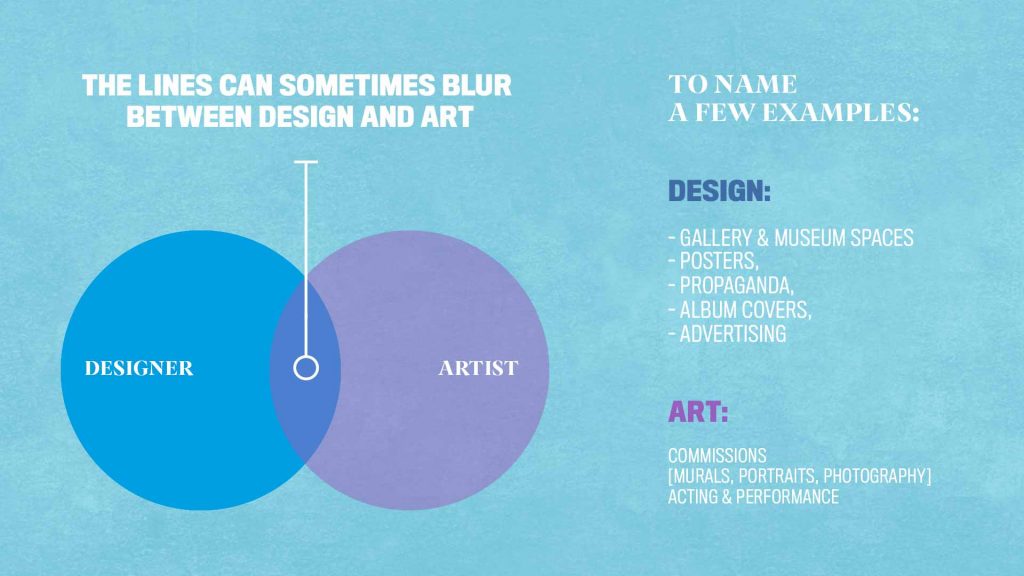
Now, graphic design is not always commercial. Like art, it can enter into the realms of the abstract and experience, when applied in areas such as galleries, museums and exhibitions. However, typically in the commercial world where graphic design mainly exists and most practitioners will be operating, it needs to be more functional and practical.
2 – Is Art Required For Graphic Design Education

The simple answer is yes, to some degree. However, that depends on which route you go…
As one climbs the education ladder, completing design courses in school, college and university one will typically need some art background and show achievements that one has some skills in creativity to enter into such courses.
Most designers entering into further education, such as a degree course, will have some sort of art background. this is because, as mentioned earlier, it’s typically part of the creative journey. However, going into design at a degree level, you’re starting to specialise and art itself won’t be essential as there are certain skills and qualities required that differ from art.
When applying to a degree in graphic design, universities will fundamentally be looking at your work and judging how you can communicate yourself, your work, your ideas and the ways you approach your work and develop it.
Judged on how you think
You will be judged on how you develop and produce the work, how you think, your ability to problem solve, if you have the appropriate skill set and your potential to develop your skills further and grow throughout the course. If you don’t have an art background but show good skills with a strong potential then that should qualify you.
Art is typically judged on the end result; the painting, the sculpture, the drawing and how it makes you feel. Design does not merit these qualities so much. What is most important is your approach, your process and how you communicate your ideas and solutions.
Now some people who want to take up graphic design may not have an art background or any formal qualifications. I think that with some commitment and hard work, this can be done.
Today the classic education route is not for everyone, with universities being very expensive, it can be discouraging. There is much to learn from online courses, tutorials and an amazing range of books. These days there is nothing you can learn in university that you can’t learn yourself, with the right attitude and resources.
After all when it comes to graphic design it’s not about your ability to paint, draw and create.
What matters most is your approach, your knowledge of design principles and visual elements, how you communicate your ideas, solutions and your process. Having good craft skills to bring this to life is a bonus.
So if you go the classic education route, chances are they will be looking for an art background.
Though if you don’t, there are still options.
3 – What Makes a Good Graphic Designer?
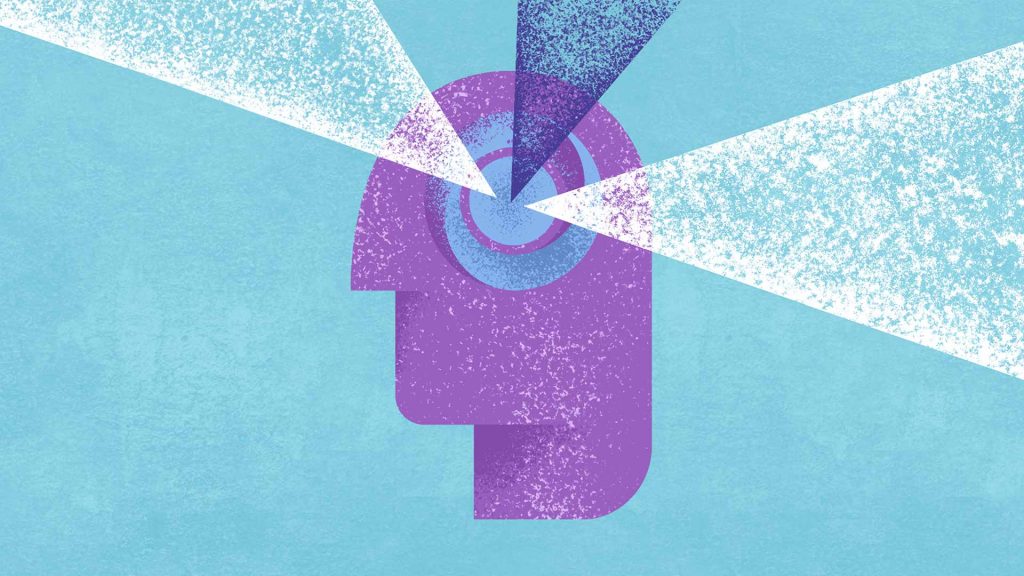
To be a good graphic designer there will be things you will need to be proficient in, have knowledge of and certain qualities you will need, such as:
- Having a good understanding of visual elements and design principles
- Being a good thinker, communicator, problem solver and critical thinker
- Being good at coming up with ideas and challenging your ideas
- Having good discipline and judgment
- Able to work to deadlines and to instruction
- Able to be objective
Notice how I didn’t mention being good at any creative tools there?!
That’s because being good in Photoshop does not make you a graphic designer. Being good in Illustrator does not make you a graphic designer. Even being good at drawing doesn’t make you a good graphic designer. These things may help make your design ‘look more visually appealing’ but those things are a means to the end. It’s what comes before those things that makes you a truly great designer.
It’s the quality of ideas you generate to solve problems and deliver creative solutions which make you a good graphic designer.
This is achieved with the use of a good design process. A process which includes thorough research, thorough understanding of the problem, the brief, and generating good and fresh ideas which only then will you seek to create with creative skills.
What Does An Art Background Help With?
So then if an art background isn’t required to be a graphic designer, what can it help with? Having an art background would help with some of the technical aspects of creating design, such as:
- Understanding shape and form
- Understanding colour theory
- Artworking and crafting ideas
What a background in art won’t help you with
- Coming up with ideas
- Deploying a design process
- Exercising discipline and focusing your design with an unbiased view
- Critical thinking
- Objectivity
So if you are thinking of getting into graphic design but don’t have an art background, don’t let that discourage you.
Remember art does not make you a good designer, it requires knowledge and skills in specific areas. If you’re interested in design, feel you have what it takes and want to develop a skill, I encourage you to invest some time in developing your skills and knowledge.
Make sure you have the bases covered, get a good practical knowledge of visual elements and design principles. You’d be surprised, but some universities actually don’t teach you this. A lot of this can be learned online today and there are a lot of good books out there.
If you’re after some inspiration on what books to get, check out the hashtag #gdsbookclub where I have recommended a good selection there.
This is the beauty of design today; it is accessible to all, it does not discriminate. Anyone can pick up design, all you need is a pencil and you can start to create something. Your success will be based on your skill, talent and ability to problem solve, communicate and bring your ideas to life.
What are your thoughts? Let me know in the comments below! And if you’ve got any questions regarding design, pop them in the comments or email me at creative@garethdavidstudio.com.



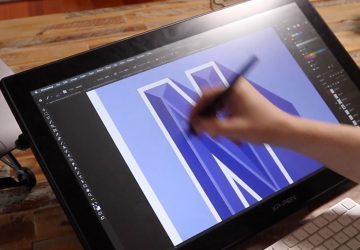


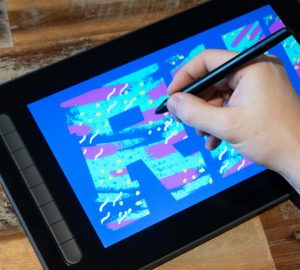


You didn’t just wrote a nice content. You passed a vital information as well.
I missed your previous post on Facebook but I can’t miss this content. Thanks for this wonderful content.
I also wrote a content about social media design post, check it out. https://4cdesigners.com/10-ways-how-your-social-media-design-post-should-look-like/
Thanks Damilola! We’ve got a lot more coming. Let us know if you’ve got any questions you’d like answered too.
Not at all for now. I would just like to write a blog about the design brief.
If you have a blog post about the design brief, you can point me to the page.
Thanks a lot.
We’ve got one coming very soon!
Awesome explanation Gareth, crystal clear and systematic content as always. Your article points out the core meaning of graphic design which is quite commonly misunderstood with beautiful artworks. I used to get the confusion and ambiguity but after reading your article, not anymore! I’m sure it’ll also help a lot of newbies in the graphic design industry if they could read your content.
Thanks and best wishes.
So glad this article helped clear things up for you Khoi.
Graphic Design is a personal expression of every creative challenge. It’s this personal expression that makes it different. Everyone of us is born a unique personal thinker.
Result: Brand Conceptualization. Creation. Management. Empowerment. Every aspect very very individualistic.
Creativity is constant change.